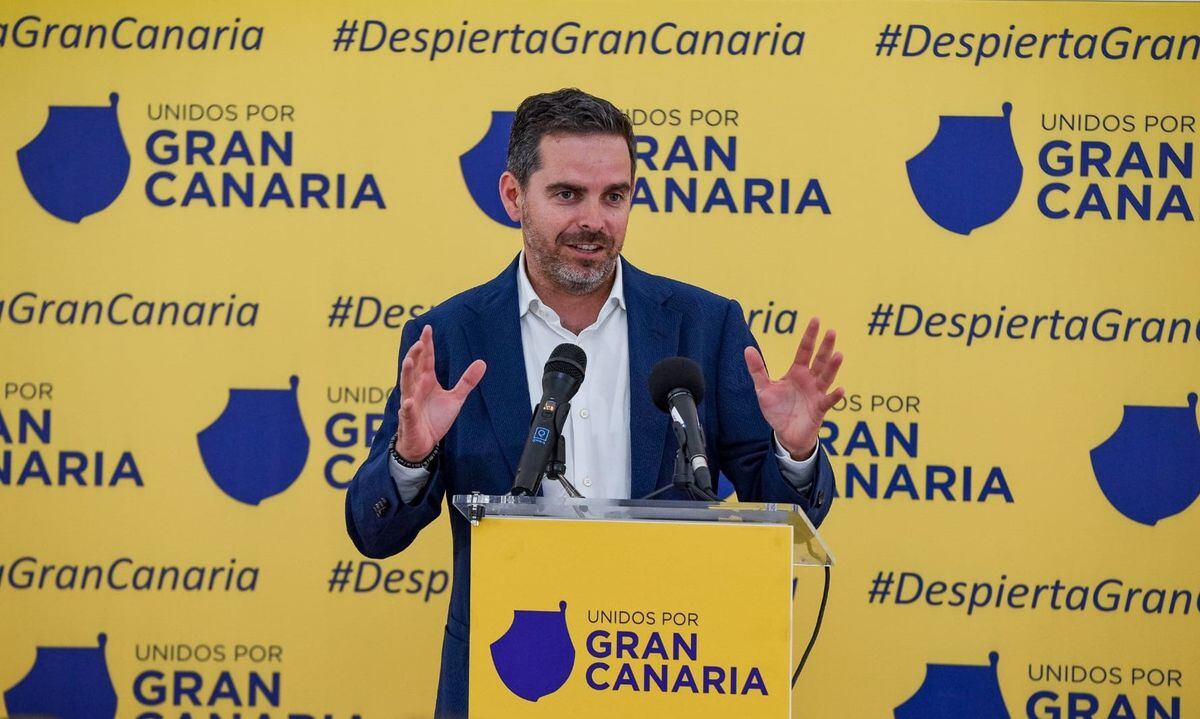In the Belgrano neighborhood, which honors one of our most notable revolutionaries,
one of its main avenues, Cabildo, is crossed by a throng of viceroys.
Originally
it was the royal road that led to the north and then it was called May 25
until, in 1893, it changed its name to Cabildo.
The homage to the Cabildo Abierto on May 22, 1810 came in handy: the Cabildo
decided to depose the man who would be the last viceroy to govern these lands
, Baltasar Hidalgo de Cisneros, which marked the end of the viceroyalty system.
Cabildo avenue honors the Open Cabildo of May 22, 1810./ Archivo Clarín
Currently, Cisneros, the man who, shortly after assuming his post, ordered, in May 1809, the massacres of patriots in Chuquisca and La Paz that are remembered by our National Anthem, is honored in a passage in La Paternal.
However, none of this intimidated those who, in that same year 1893,
decided to cross the avenue of revolutionary airs with almost all
possible viceroys.
the viceroys
There is
Nicolás Antonio Arredondo -responsible for starting the paving in the city-
, who ruled between 1789 and 1795.
Gabriel de Avilés y del Fierro, was viceroy between 1799 and 1801. Born in Spain, he arrived from Peru where he was in charge of the trial in Cuzco and condemned the rebel Túpac Amaru
, his companion Micaela Bastidas, and a large part of them to
death.
his family.
Originally it was the royal road to the north.
And then it was called May 25 until 1939 when it took its current name.
Photo Maxi Failla
Joaquín Del Pino y Rozas ruled from 1801 to 1804. He began the works of the Recova in the current Plaza de Mayo and finished the construction of the Plaza de Toros de Retiro.
He carried out the first press censorship in our history, prohibiting the publication and circulation of the first newspaper of the Río de la Plata
, El Telégrafo Mercantil.
He was the father of Juanita del Pino, who would be married to Bernardino Rivadavia.
Antonio de Olaguer y Feliú, viceroy from 1797 and 1799.
Nicolás Francisco Cristóbal del Campo Cuesta de Saavedra Rodríguez de las Varillas de Salamanca Solís García de Olalla y Sánchez Salvador, Marqués de Loreto, ruled between 1785 and 1789. There was no
visiting card that could contain the full name of this redhead who earned between the porteños the nickname of "Bicho Colorado".
He was perhaps the first archaeologist in our lands.
In 1787 a Dominican friar found some bones of what he believed to be a giant bear on the banks of the Luján River and sent them to the viceroy.
A year later,
the viceroy sent seven boxes to Spain with the remains and received a nonsensical letter from King Carlos III
that was not so crazy: "Try by as many means as possible to find out if in the Luján district or in another of those of that viceroyalty, you can get a live animal, even if it is small... by sending it alive, if possible, and failing that, stuffed and stuffed with straw...".
In the Belgrano neighborhood, which honors one of our most notable revolutionaries, one of its main avenues, Cabildo, is crossed by a throng of viceroys.
Felipe Pigna, historian
The Marqués de Loreto took the letter to the letter and organized an expedition to find an animal alive!
Meanwhile, in the Royal Cabinet of Natural History in Madrid, Juan Bautista Brú de Ramón cleaned the bones of what would be a megatherium and assembled the skeleton in a more or less realistic pose.
These remains are preserved in the Museum of Natural Sciences in Madrid.
And
they are not the only Viceroys present in the city: Pedro de Melo from Portugal and Villena is honored in Floresta
;
the first Viceroy, Pedro de Cevallos, in Congress;
Santiago de Liniers, the hero of the Reconquest but also the counterrevolutionary who rose up against the brand new first national government and ended up shot, in Almagro;
and
the Mexican Juan José de Vértiz y Salcedo, who completed the first public lighting in Buenos Aires
, and promoted the theater, in lower Belgrano.
MS
look also
The praise of Manuel Belgrano to the "amazona" Juana Azurduy
The Italian church that keeps a secret from Argentina
A story of pirates in the Río de la Plata









